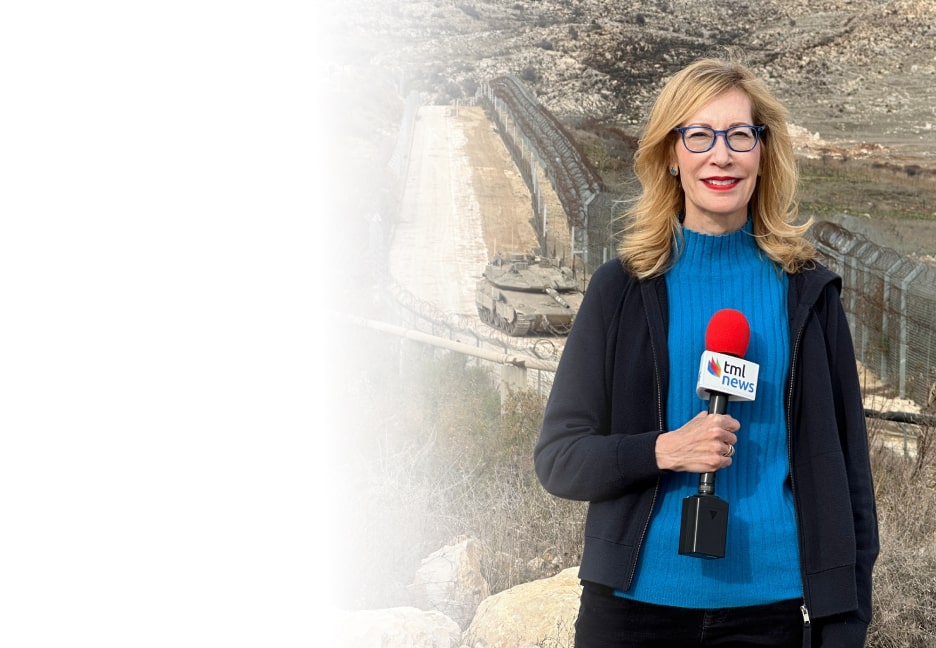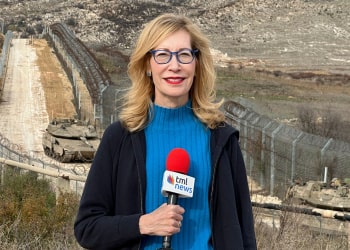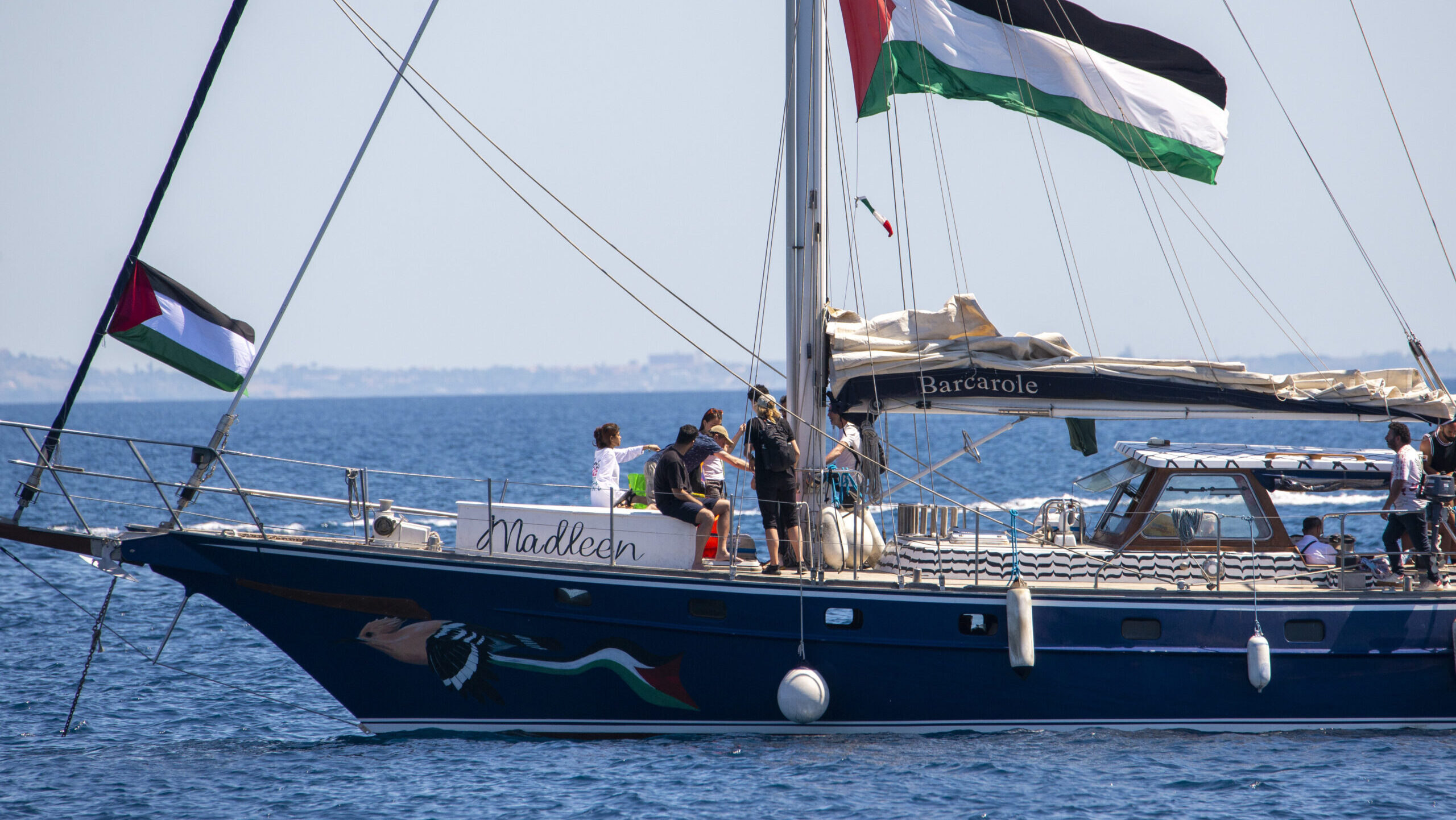Gaza Flotilla Rekindles Legal Debate Over Blockade, Maritime Rights, and Civilian Protections
Critics of the flotilla describe it as performative activism and say Israel’s response was supported by international law. Supporters, on the other hand, accuse Israel of exerting unjustified jurisdiction to support an illegal blockade.
A recent maritime convoy attempting to reach the shores of Gaza has revived global scrutiny over the legality of Israel’s blockade, the enforcement of international maritime law, and the broader implications for civilian protection during armed conflict. The Madleen vessel, which carried a group of European activists including climate figurehead Greta Thunberg, was intercepted in international waters by the Israeli navy and redirected to the Israeli port of Ashdod without violent confrontation.
At the center of the current legal debate are two overlapping but distinct frameworks: the San Remo Manual on International Law Applicable to Armed Conflicts at Sea and the United Nations Convention on the Law of the Sea (UNCLOS). The San Remo Manual, drafted by a panel of legal experts between 1988 and 1994, outlines the rights and limitations of naval warfare, including the legal grounds for imposing a blockade during armed conflict, provided it adheres to principles of necessity, distinction, and proportionality. By contrast, UNCLOS governs maritime conduct during peacetime, emphasizing freedom of navigation and prohibiting the use of force or interference in international waters.
The legal dispute regarding the flotilla hinges largely on whether Gaza is viewed as an active party to an armed conflict or as an occupied population, thus determining which framework prevails.
Robbie Sabel, professor of international law at the Hebrew University of Jerusalem and former legal adviser to Israel’s Foreign Ministry, firmly defended the legality of the blockade under the law of armed conflict.
Freedom of navigation applies to countries at peace with each other. It doesn’t apply in the case of armed conflict.
“In times of armed conflict, it’s a legal measure. It’s permitted to blockade the ports of the enemy,” he told the Media Line, citing the San Remo Manual as a central legal framework supporting naval blockades in wartime scenarios. “Freedom of navigation applies to countries at peace with each other. It doesn’t apply in the case of armed conflict.”
The event marked a symbolic echo of the 2010 Mavi Marmara flotilla raid—when Israeli commandos boarded a Turkish ship attempting to breach the Gaza blockade, leading to the deaths of nine activists and a diplomatic crisis between Israel and Turkey—though with a notably different outcome.
Sabel pointed to precedent from international and domestic inquiries. “The UN Palmer Commission, unlike Israel’s internal Turkel Commission, concluded that while excessive force had been used on the Marmara, the blockade itself was lawful,” he said.
However, Amjad Salfiti, a British-Palestinian solicitor and human rights specialist, sees the very foundation of the blockade as a violation of international law. He argued that Israel’s actions—particularly in international waters—amount to a breach of sovereignty and humanitarian norms.
To stop a civilian vessel on a humanitarian mission in the high seas is, by legal definition, piracy.
“To stop a civilian vessel on a humanitarian mission in the high seas is, by legal definition, piracy. You are exercising jurisdiction where you have none,” Salfiti told The Media Line. “Even if you cite the San Remo Manual, it is not a sacred text—it reflects an era of collapsing empires. To use it to justify modern collective punishment is a distortion of law.”
This holiday season, give to:
Truth and understanding
The Media Line's intrepid correspondents are in Israel, Gaza, Lebanon, Syria and Pakistan providing first-person reporting.
They all said they cover it.
We see it.
We report with just one agenda: the truth.


Salfiti further contends that the blockade, combined with land restrictions and limits on aid, constitutes a form of siege warfare inconsistent with the Geneva Conventions, especially when applied to a territory with no sovereign army.
“Gaza’s population is not an army. This is not a conventional war. When you restrict food, medicine, and even medical personnel, you are not enforcing security—you are dismantling life,” he said.
Sabel, while acknowledging humanitarian challenges, argued that Israel faces a dual obligation: to prevent arms transfers to Hamas while allowing aid to reach civilians.
“Israel had a dilemma. Humanitarian aid was being seized by Hamas and sold at inflated prices. Do we finance Hamas indirectly or find new ways to deliver aid? We’re trying the latter, even if the results aren’t perfect,” he said.
Critics of the Madleen flotilla described the voyage as symbolic or even a form of performative activism. Sabel emphasized this dimension: “Economic aid is entering Gaza in large quantities. This was a demonstration, not a critical lifeline. If there had been resistance, we’d have had to assess the proportionality of force, but there was none. So no force was used,” he said.
However, Salfiti argues that even symbolic acts such as this can serve a strategic function, especially in the face of legal paralysis.
“What these activists are doing is stepping in where states have failed. When courts are slow and diplomacy is absent, it falls on civil society to act. Whether or not they reach Gaza is beside the point—they are ringing the alarm bell,” he said.
Thunberg described the group’s detention as being held “hostage,” a term that stirred debate. Sabel dismissed the language as inappropriate. “We released them. That’s not what you do with hostages,” he said. “They were offered immediate repatriation under standard legal protocols.”
Salfiti countered that the focus should not be on semantics, but on the growing global discomfort with what he describes as the normalization of siege tactics.
This is not defensive warfare—it is collective punishment
“We are witnessing famine. We are witnessing the weaponization of hunger. If civilians are the primary victims, then this is not defensive warfare—it is collective punishment,” he said.
While the Madleen was at sea, another North African convoy—dubbed “Sumud”—was carrying out a land journey from Tunisia to Gaza via Egypt. Framed as an act of Arab civil resistance, the convoy is expected to pass through Cairo en route to Rafah.
“Egypt has verbally indicated it will not stop the convoy,” Salfiti noted. “But history shows their cooperation has been limited. If they stop these activists too, it risks casting them as accomplices to the very blockade they once opposed.”
Sabel, when asked about Egypt’s position, remained cautious. “We won’t allow access to Gaza through Israel. Egypt may choose its own course, but they view Hamas as a threat too,” he said.
In a statement issued yesterday, Egyptian authorities announced that the convoy’s members should be granted permits to reach the Gaza border through Egyptian embassies abroad or through requests at the foreign embassies in Cairo, to be allowed to enter and not be halted.
The case of the Madleen, like that of the Mavi Marmara before it, underscores how interpretations of international law diverge dramatically depending on political, territorial, and humanitarian perspectives. At the center of the debate are questions that legal texts alone may not resolve.
“When we’ve had an Arab neighbor willing to negotiate with us, we’ve reached agreements,” Sabel said. “With those who want to destroy us, we will defend ourselves—even if it’s unpopular.”
Salfiti offered a different closing message: “If tomorrow the International Court of Justice recognizes this as genocide, then every silent state becomes complicit. The blockade becomes not just immoral but illegal. Until then, people will keep sailing, marching, and refusing to normalize this suffering.”

